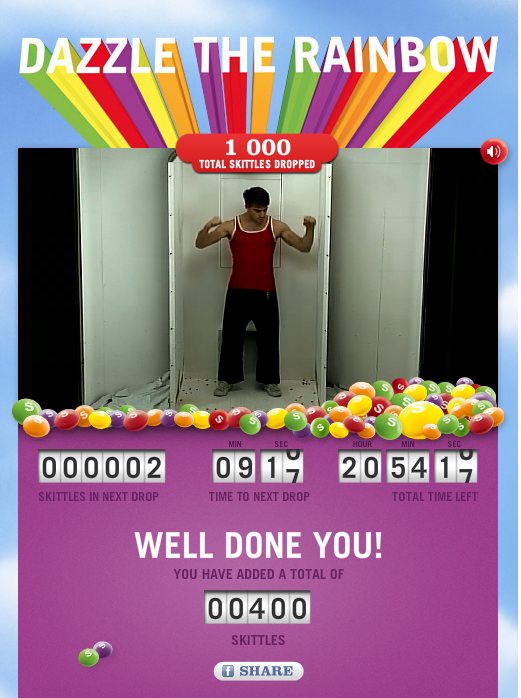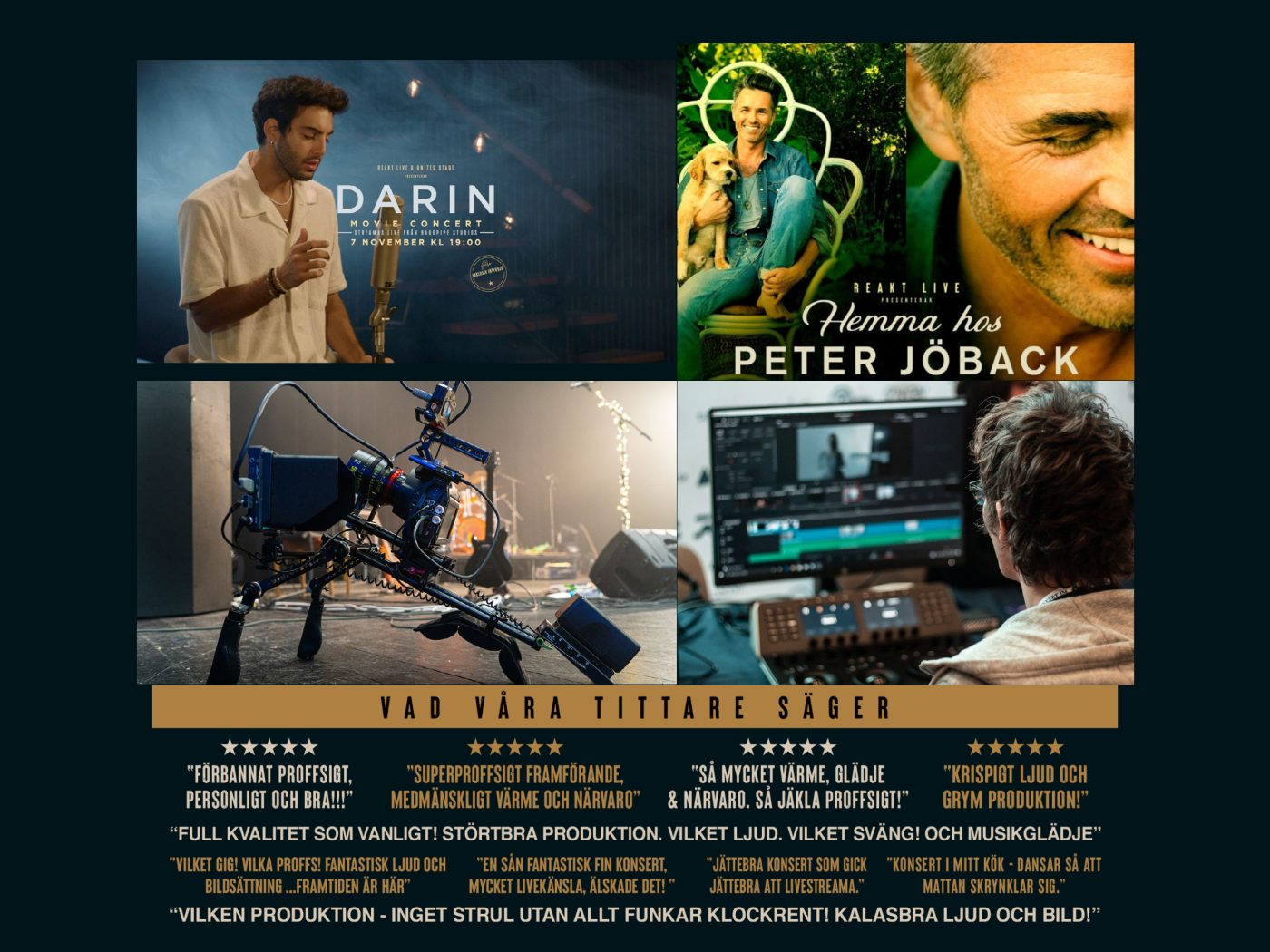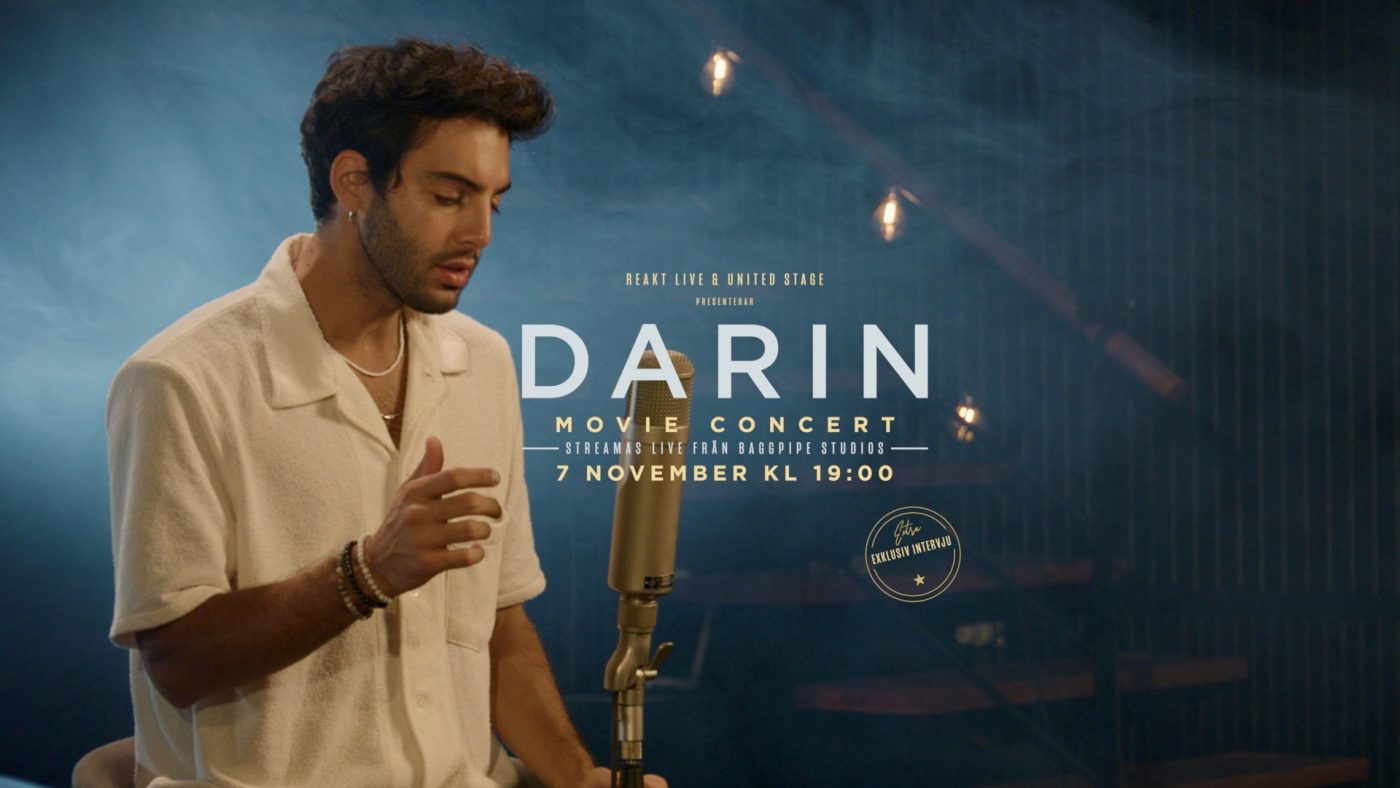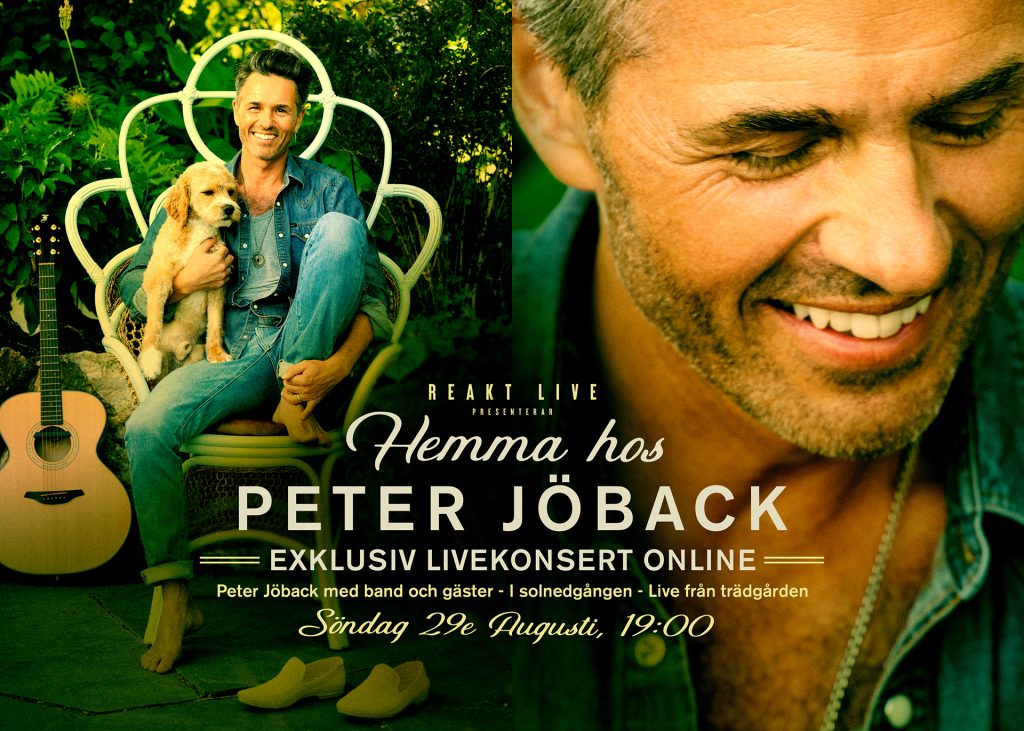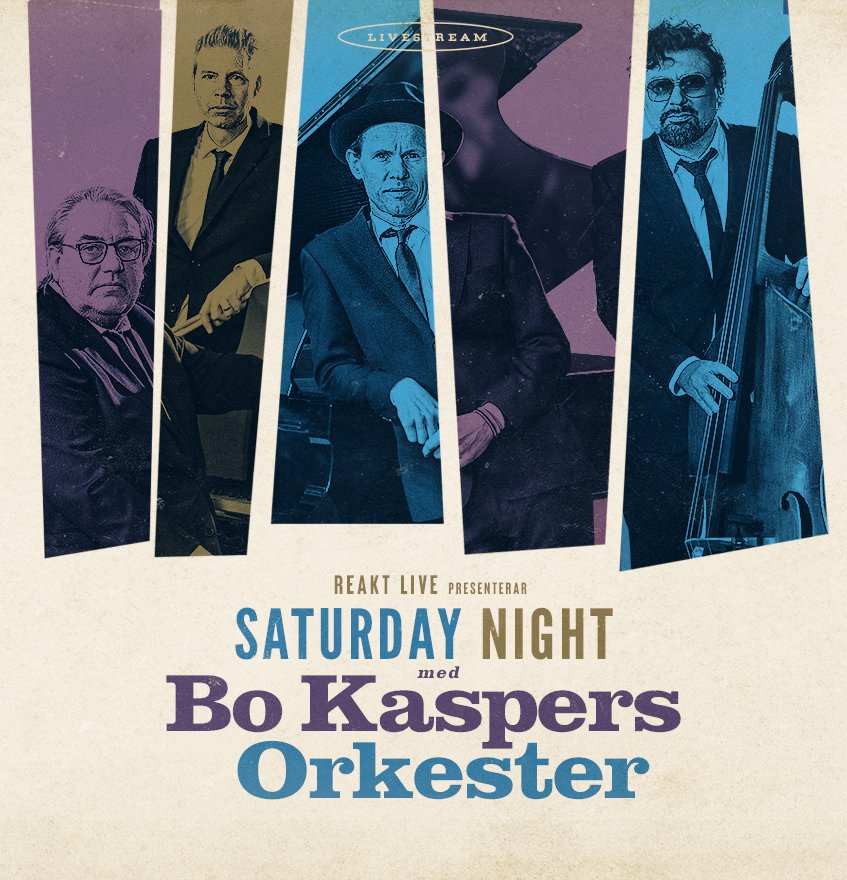Rackfish delivered campaign hosting for a series of Skittle-campaigns during the autumn of 2010. In one of these campaigns, live video was transmitted on Facebook to the fans of Skittles. David Phoenix – the “hero” of this campaign – taunted his fans, challenging them to bury him in Skittles, and thus was enclosed in a glass box that was gradually filled with Skittles during the progression of the event.
More Skittles were poured into the glass box as more fans clicked on the fan page. Everything was broadcast from a storefront location in central London where people could take pictures and follow the event developing. The event was scheduled to take place during 24 hours, but only 11 hours later, David Phoenix was literally buried in Skittles and thus lost his challenge, proving this campaign a great success to Skittles and the agencies involved.
What Rackfish did
Rackfish was involved early on in the project phase with technical support regarding video, streaming and hosting. This was done together with a couple of other agencies. Rackfish was entirely responsible for the streaming on load balanced web servers, encoding of the live video directly from the mixer table, CDN-services. Rackfish offered full technical support 24/7 with crew on site in London and a standby crew in Uppsala. The vast experience Rackfish has in campaign hosting and video proved useful for the agencies when it came to all aspects of delivery.
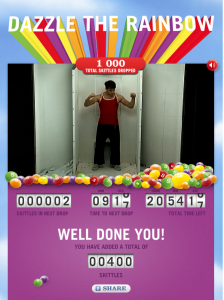
Technical solution
Skittles’ campaign was delivered on cloud based campaign servers from Rackfish with load balancing that enabled many simultaneous users and redundancy in case any of the servers would go down. Load balancing in itself opens the possibility to easily upgrade the delivery environment.
In addition to this, other media was delivered by Rackfish through the service Sitestorage that is optimized to take the load off campaign servers when it comes to delivering static material such as pictures and other documents.
The live video was delivered by Academy Film from several installed Sony cameras and was mixed on a mixing table. The composite video signal was delivered on SD to a Rackfish encoding server where it was converted and compressed to a Flash RTPM-stream and then delivered to CDN. For the CDN we chose to use a server in London with broad distribution in the US and Europe, but with a focal point on distribution servers in the UK.

